1993 Honda NSX R
Generously Lent by Vincent Howard and Dr. Wei-Shen Chin, with an assist from The Cultivated Collector, New Canaan, CT
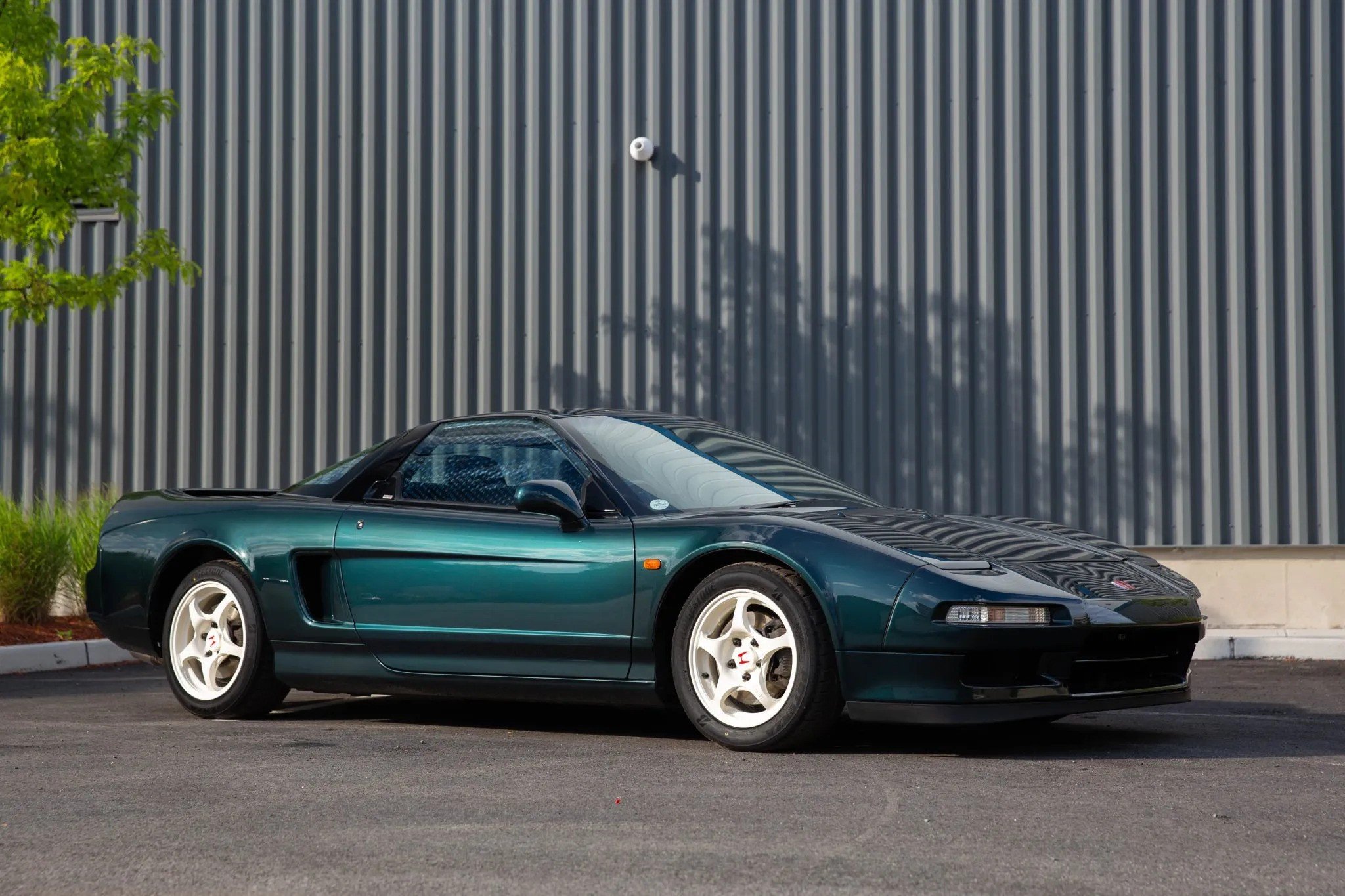
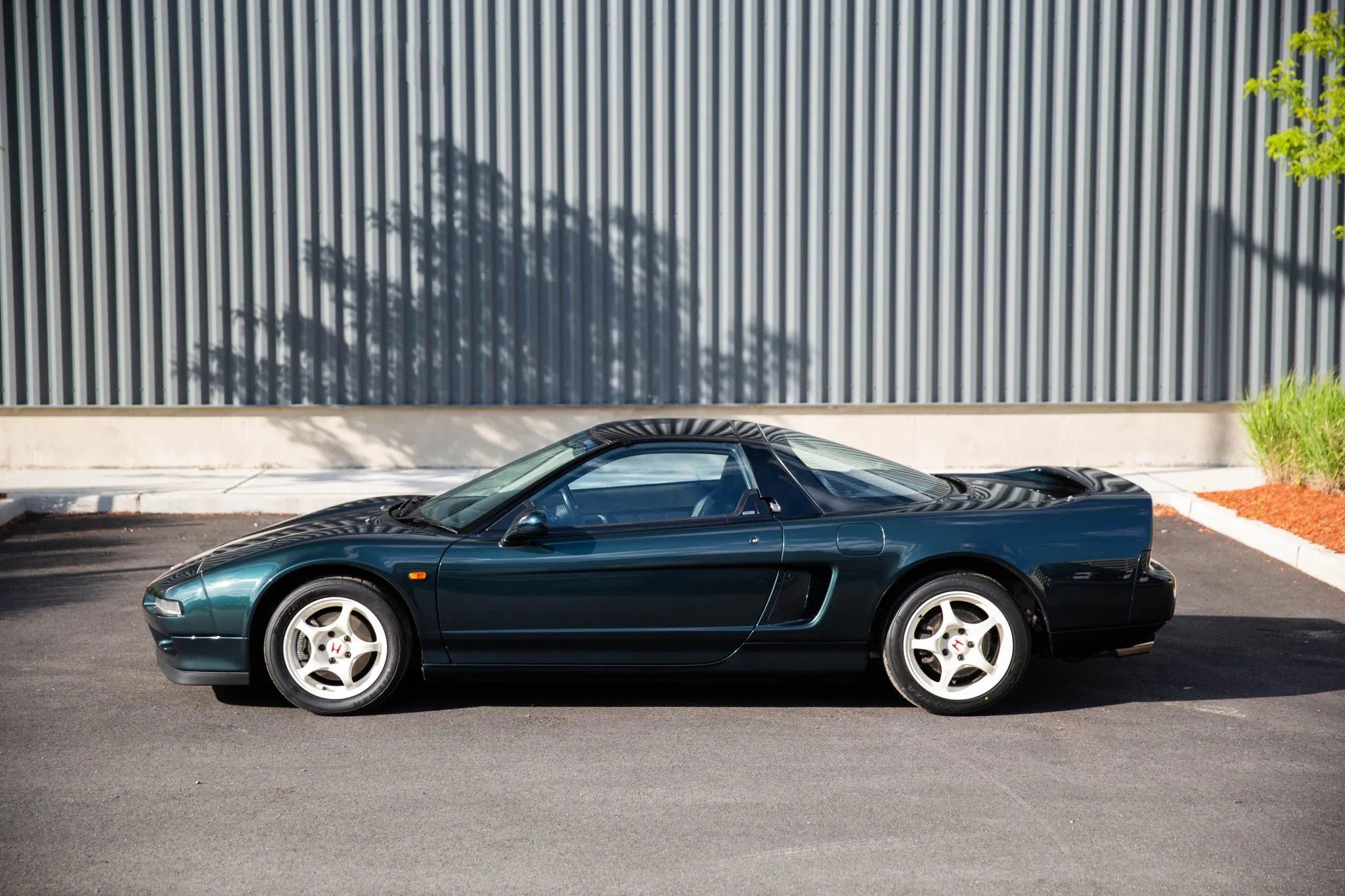
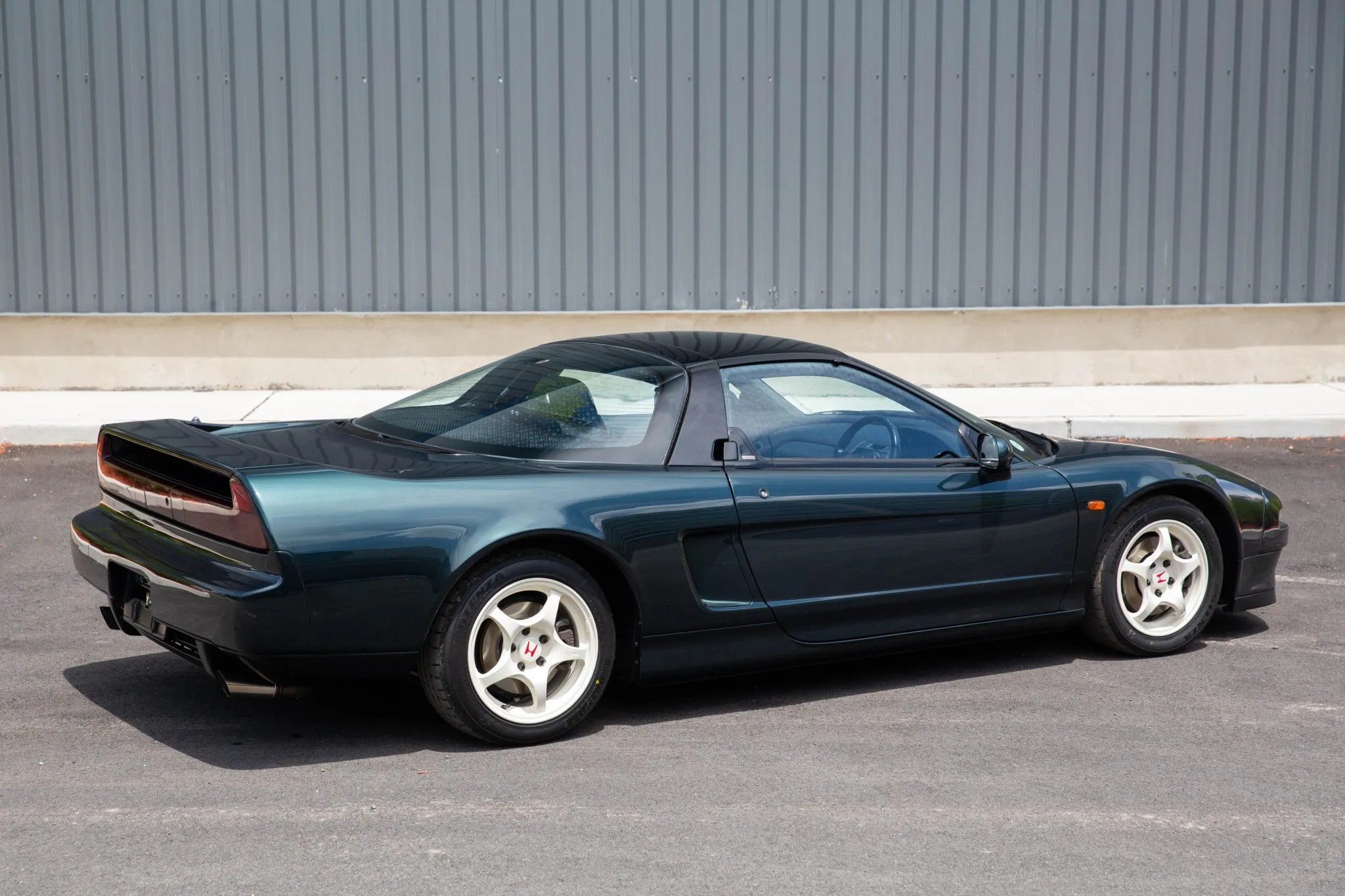
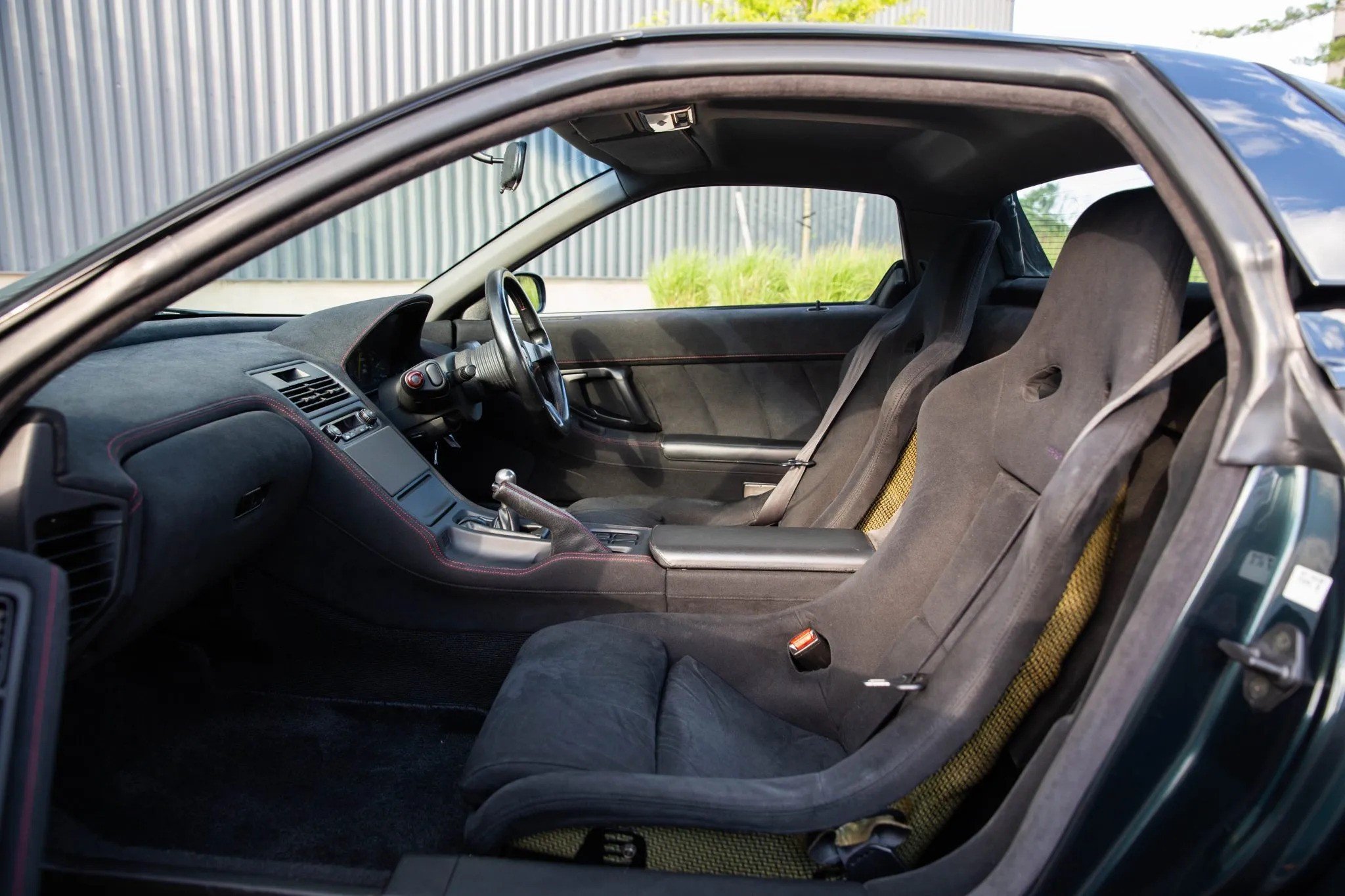
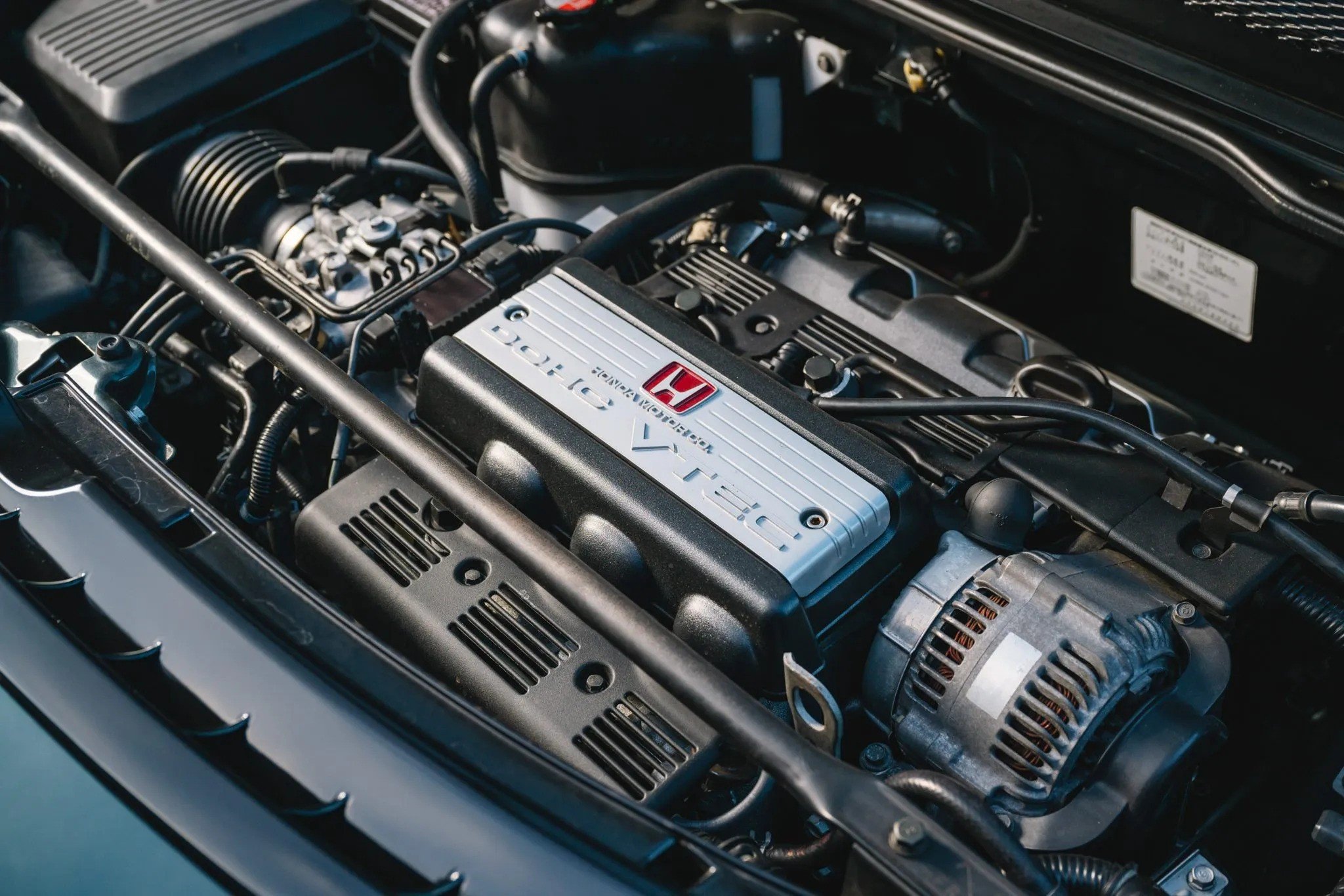
A more focused and track-oriented version of the NSX.
265 lbs lighter than the standard car.
Less than 500 were made worldwide.
The Honda NSX-R is one of the most driver-focused Japanese cars from the Youngtimer era. As a track-oriented evolution of the already potent NSX, the R variant shed weight and improved on all mechanical aspects, removing all compromises from the driving experience. With less than 500 of these made for the Japanese market, the chance to see one stateside is quite rare.
As Japan’s first true supercar, the standard NSX took the exotic car arena by storm in the early 1990s, pairing everyday usability with a responsive powerplant and lightweight body and chassis. Honda, who in this period were known for their extremely reliable economy cars, were powering McLaren’s Formula One team to two consecutive Constructors World Championships, and naturally, the precision of the NSX embodies similar characteristics as the high-strung F1 engines. At the time, the NSX was comfortably beating cars like the Porsche 911, Ferrari Testarossa, and other more expensive sports cars. Today, the NSX is considered one of the most significant cars ever built in Japan.
The standard NSX was a great car to drive every day, striking the perfect balance between athleticism and usability. The creature comforts weighed the car down though, and with the NSX-R, Honda’s goal was to make the car even more pure. Over 265 lbs. were removed from the already lightweight car: sound deadening, radio, spare tire, air conditioning, and traction control were all now options instead of standard equipment. The plush leather seats were substituted for carbon-Kevlar bucket seats made by Recaro, and the standard wheels were swapped with aluminum wheels from Enkei. Even the leather shift knob was switched out for a titanium piece.
Mechanically, numerous areas of the NSX-R received incremental upgrades to improve the car as a whole. A stiffer front sway bar was introduced, and Honda stiffened the front springs while softening the rear springs to reduce oversteer tendencies. Stiffer dampers were also added at each corner, and stronger bushings were swapped out throughout the suspension. Honda lowered the final drive ratio to improve acceleration, lowering the NSX-R 0-60 time to 4.9 seconds, an impressive figure for a car with less than 300 horsepower.
Building a more track-focused iteration of an existing model is something car companies are familiar with today and has become a profitable habit for many brands. In the early 90’s though, this represented more so a perfection of the model, not a money grab. Honda’s goal with the NSX-R was to create an even closer bond between the car and driver, with as few creature comforts to interrupt the driving experience as possible. While it is easy to argue that it is surely not the fastest or most comfortable car to drive today, it’s hard to argue about how fun the NSX-R is to drive.
Specifications
Engine: 3.0 Liter V6
Horsepower: 280 @ 7300 rpm
Torque: 217 ft./lbs. @ 5400 rpm
Transmission: 5-Speed manual
0-60 MPH: 4.9 seconds
Top Speed: 168 mph
Weight: 2711 lbs

